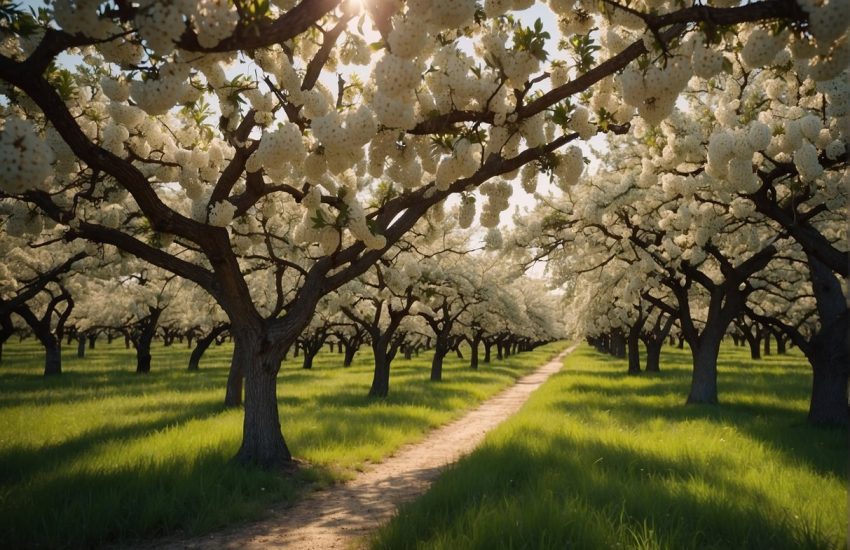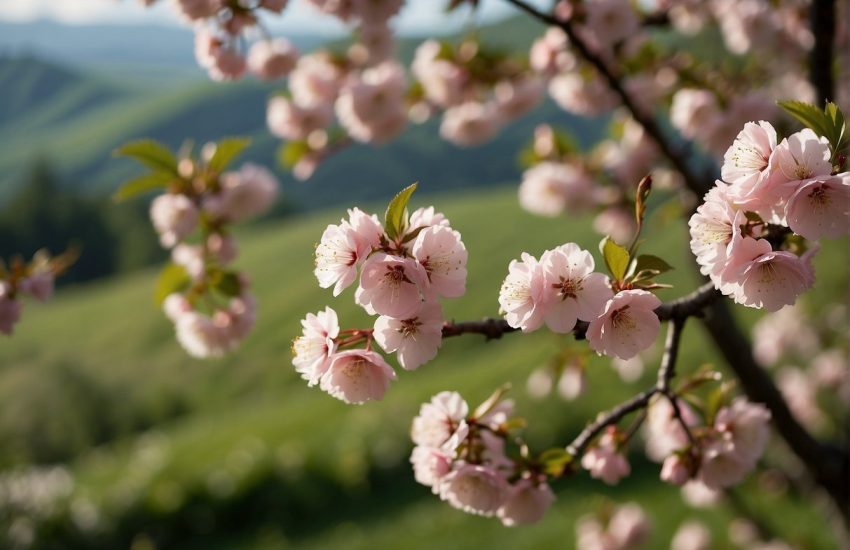7 Best Citrus Trees To Grow In Northeast Florida
During the early to mid 1600s, the Spanish brought citrus seeds from Spain to Florida. This fact has been documented in numerous books and documents.
It is estimated that in 1563, groves or clusters of citrus trees had been planted and were producing fruit in St. Augustine and up and down the St. Johns river area, where the temperatures were ideal for citrus trees to thrive.
There was a citrus grove planted by Jessie Fish in Anastasia Island that was the first commercial citrus grove in Florida.
Currently, citrus crops are grown and sold in bulk in 30 of Florida’s 67 counties, and are of major economic importance, even being the main source of income in some of those 30 Florida counties.
Commercial citrus production has largely been shifted south due to the hard freezes of 1980, but gardeners in Northeast Florida can still enjoy fresh citrus fruits from the backyard with relative ease despite the hard freezes.
It is true that there are some citrus trees that do better when grown in the cooler northern regions of Florida, such as the Mandarin orange and even Navel orange.
As part of maintaining the health of your citrus trees, it is imperative to plant them on the southern side of your house, preferably near native pine trees or other frost blockers such as fences, walls, and sheds, or in any frost-free area of your landscape where sufficient sunlight will reach your citrus trees.
Despite the fact that citrus trees will grow in a partially shaded environment, they will produce more fruit if the environment is more sunlit.
Trovita Orange Tree
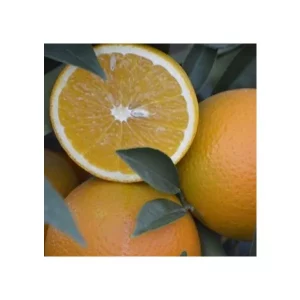
Consider adding the Trovita Orange Tree (Citrus sinensis ‘Trovita’) to your home garden if you are seeking the perfect orange tree.
The skin of this delicious Orange is very thin, so it is easy to peel. It has an exquisite taste that is mild and sweet – making it a child’s favorite.
Growing up, adults have been attracted to this tree because of its reputation as a reliable producer for home gardeners, and because the fruit harvest can be stored for months.
Citrus trees of this species require less maintenance and do not need the intense period heat required by other citrus varieties in order to develop their excellent flavors.
They require a sunny location, well-draining soil, and moderate watering. The plants can be grown in containers or the ground.
The variety of flavors will appeal to those who enjoy juicing, fresh eating, and snacking. In spring, the fruit ripens and blooms, so you will have the chance to enjoy both the amazing fresh fragrance and delicious fruit at the same time.
It is well known that Trovita enjoys an exceptionally long harvest season. This variety is ideal for enjoying fresh oranges from February to November.
The popularity of these large, mature trees is well known. Place your order today before they are sold out. Citrus fruit can be grown anywhere in the United States, but we follow all agricultural regulations for shipping citrus. See if we can ship to your state by entering your zip code into the Zone Finder.
Star Ruby Grapefruit Tree
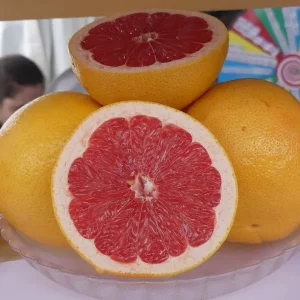
Golden fruit with a romantic pink blush and flesh that is intensely saturated in ruby-red and perfectly sweet-tart and juicy!
It is interesting to note that Star Ruby Grapefruit (Citrus paradisi x ‘Star Ruby’) is a highly ornamental and resistant plant with large, healthy fruit which is perfect for home or balcony gardening and small-scale orchards.
The answer is yes, you can grow your own grapefruit! Container-ready Star Ruby is the perfect choice for smaller yards or planters, but it produces fruits that are full sized and full of nutrition!
As the winter approaches, the golden yellow rind develops a pinkish-red blush when ripe!
There are few seeds in the juicy, sweet and tangy red pulp, and the whole fruit is highly aromatic and flavored!
As you can see, this Citrus tree is adorned with beautiful evergreen foliage and provides an interesting backdrop for the fragrant white blooms and winter’s glowing orbs! They not only are ornamental on their own, but they are also compact, vigorous trees, perfect for any home garden!
Eustis Limequat Tree
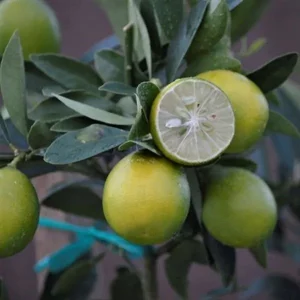
The Limequat species was developed in Florida in 1909, and is the most common of the limequat species. Limequats are hardy and persistent plants that have survived the test of time.
A combination of the most desirable traits of both the Kumquat and the Key Lime have resulted in a delightful, juicy fruit.
The Key Lime has a great taste and a thin, easilly to eat skin, while the Kumquat has an appealing round shape. This fruit is easy to pick, clean, slice, and eat with pleasure!
Unlike other trees that require little maintenance and provide high returns, these trees are hardy outdoors and, if you live in a citrus-friendly climate, they require very little care.
The tree is an excellent choice for a potted plant in a sunny window or on a summer patio, particularly if you live in a warmer climate.
During the summer months of June to September, Eustis flowers will grow and bear fruit by the time Thanksgiving comes around.
Upon arrival, you will find that the trees are well-branched and firmly rooted, ready for planting in your favorite container, or in your garden if you live in an area where Citrus thrives in the outdoors. You don’t want to wait. Make sure to order this delicious tropical fruit for your home right now!
Lane Late Navel Orange Tree

Known as the Lane Late Sweet Orange, it is actually a seedless navel orange that ripens from spring to summer time.
In the form of a Washington Navel hybrid developed in Australia, this variety has fine, rich flavors.
This particular orange is a great choice when you are looking for oranges to peel and eat or juice in the summertime.
Those living in colder climates can simply plant them in a container if they live in a cooler climate.
The intoxicating scent of citrus will fill your home with its intoxicating scent during the cold winter months, so be sure to place your tree near a sunny window.
There is no doubt that our trees are in high demand, and we expect these large-sized, mature citrus trees to be very popular.
Lisbon Lemon Tree

The classic yellow lemon with a tart sour taste, the Lisbon Lemon (Citrus x limon ‘Lisbon’) is the best citrus tree used around the world.
There’s nothing more American than a simple, genuine lemon and nothing more delicious than a Lisbon! It’s a kitchen lemon that you can kiss your lips to and brighten your tea with.
This is what you get at the grocery store when you buy a lemon. In your youth, you used to dare your friends to eat lemons if they didn’t make faces when you tried to do the same.
Now, this is the lemon that infuses fish with song and makes lemonade dance.
This is a classic lemon with a strong sour flavor. The skin of the fruit should be smooth and not too thick and easy to peel and to zest. Lemons are one of the tastiest fruits in the world, and Lisbon is one of the juiciest of all the citrus fruits.
You will not only have a bounty of deliciously juicy, tart fruits in your yard, but you will also be able to smell fragrant white blossoms all over the place.
In addition to the glossy green foliage persisting through the rest of the year, there will also be the magnificent autumn colors.
It is nothing short of beautiful when it comes to landscaping trees and you’ll definitely be glad that you decided to plant one in your yard!
Rio Red Grapefruit Tree
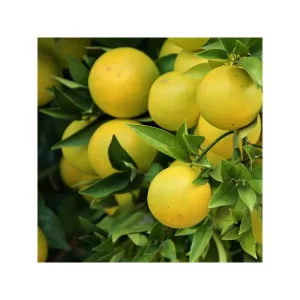
It is a very juicy, sweet and tangy deep-red flesh that is absolutely delicious and so sweet! Enjoy it for breakfast, brunch, or dessert – you can even eat it raw.
It is also delicious baked into a tart. Combine it with lettuce and tomatoes.
You can also stir it into a sangria. You do not even need to add sugar to it – you can squeeze it for juice. I do not think there’s anything better in the world than Rio Red!
The Rio Red Tree is container-sized, with a low maintenance and easy-to-prune habit, making it perfect for smaller yards or planters that don’t want full-sized fruit growing.
When the fruits are ripe in the winter months, the green fruit turns pale yellow, and the rind develops a pink blush.
This Citrus variety, which originated in the Rio Grande Valley, features beautiful dark green, evergreen foliage that adorns the plant beautifully and sets the stage for its fragrant white blooms and winter’s glowing orbs!
They are not only beautiful trees to behold, but they are also compact and vigorous for use in any kind of garden at home!

